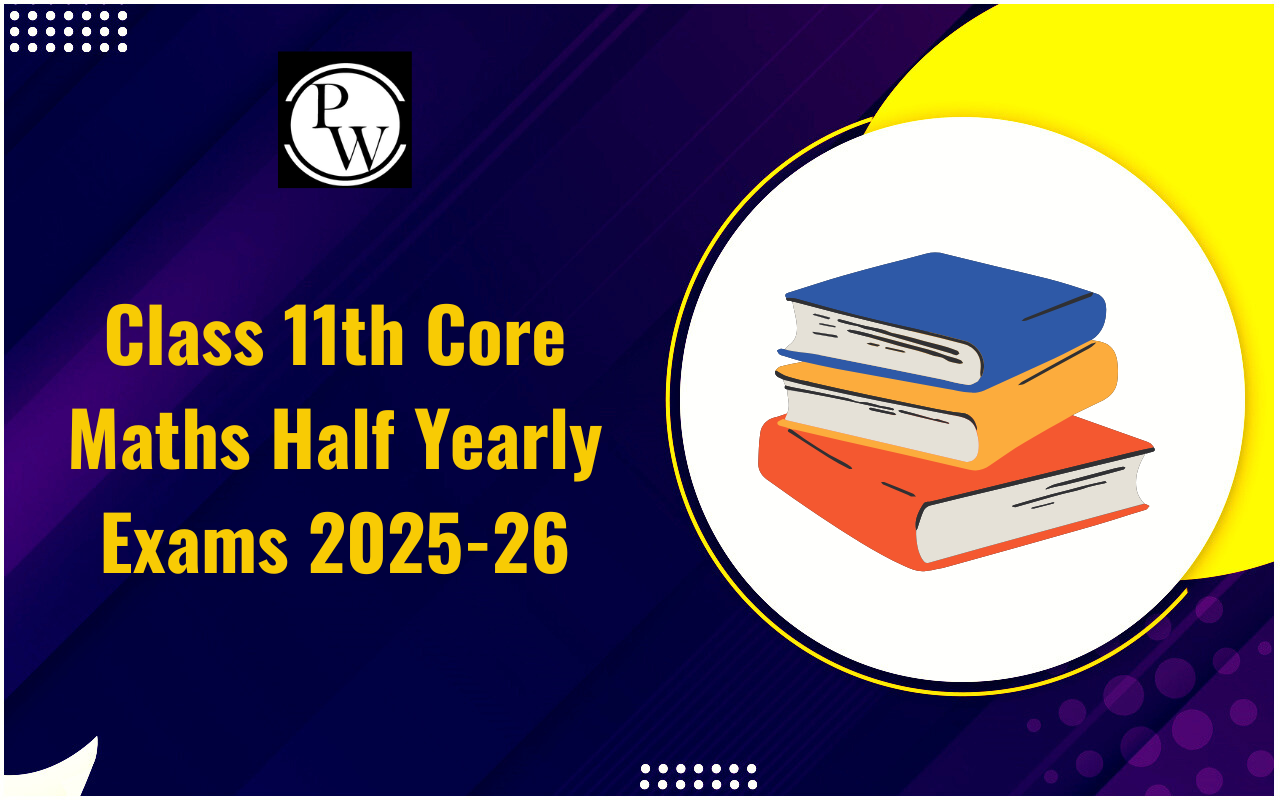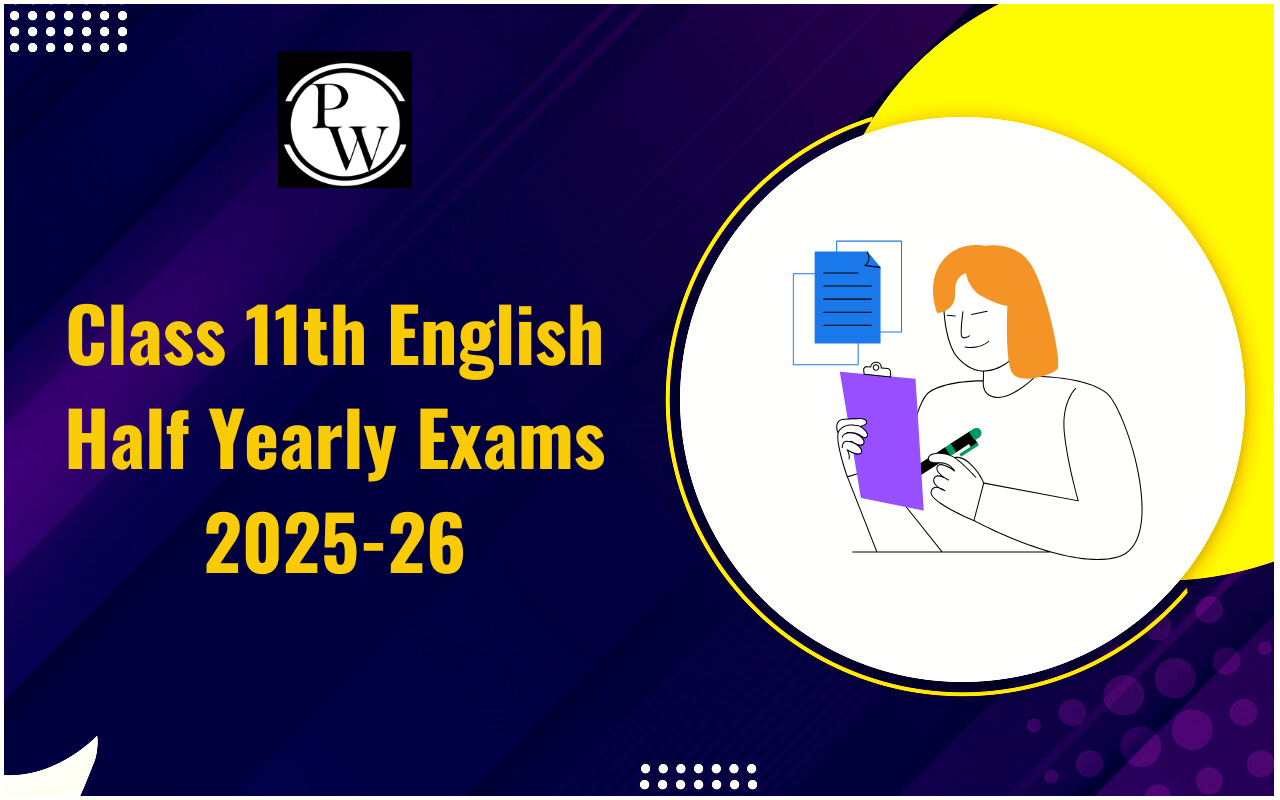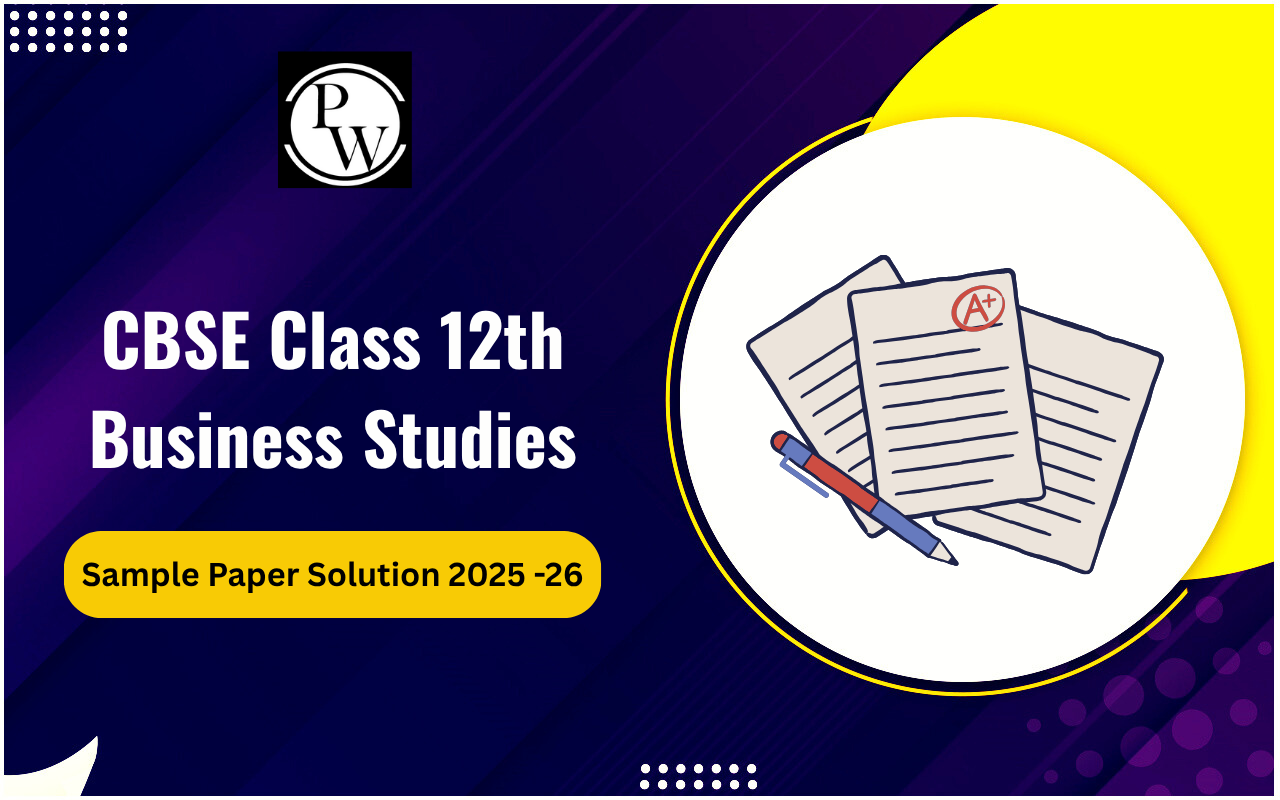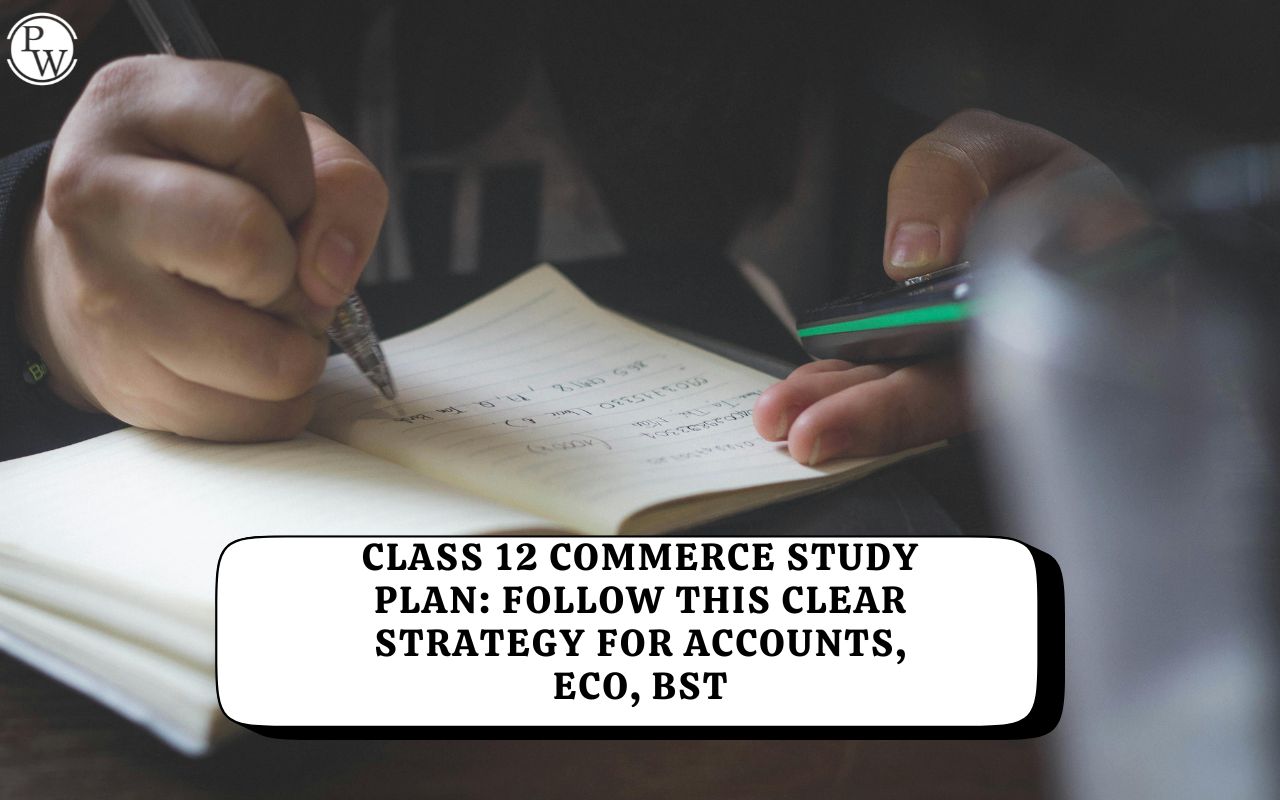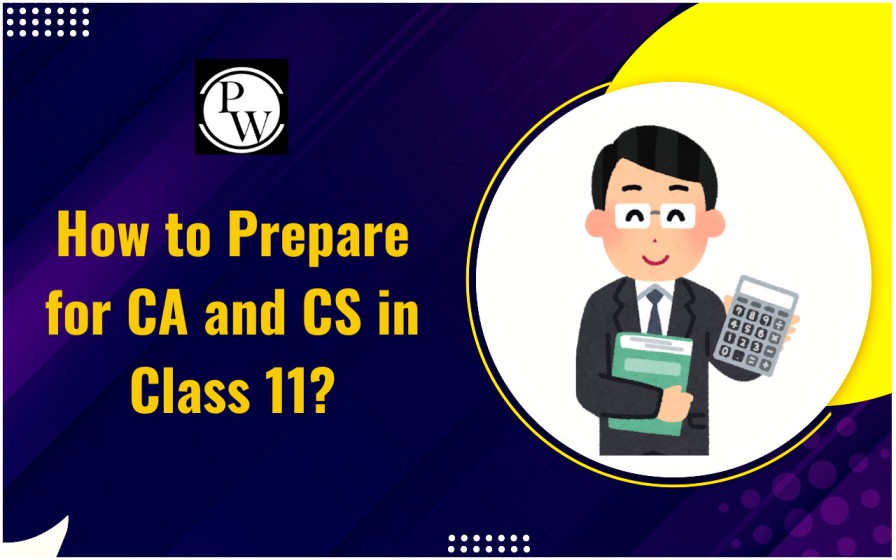
Sustainable development focuses on balancing economic growth with protecting the environment and ensuring social well-being. It means growing in a way that helps the economy now without harming the ability of future generations to meet their needs. This approach is important in addressing challenges like pollution, climate change, and the overuse of natural resources.
For Commerce students, understanding sustainable development is essential, as it highlights how businesses can grow responsibly. Some examples of sustainable development include companies using renewable energy, reducing waste, and supporting fair trade. This article will explain sustainable development's meaning, its goals, and the reasons behind environmental crises.Sustainable Development Meaning
Sustainable development means living in a way that meets our needs today while ensuring future generations can meet theirs. It’s about creating a better tomorrow by balancing three key areas:- Economic Development
- Social Equity
- Environmental Conservation
Why Are Sustainable Development Goals Important?
Understanding sustainable development is vital, especially given the challenges we encounter today. Although people worldwide are living longer and earning higher incomes, much of this growth is not sustainable. It has resulted in serious problems like climate change, damage to the environment, and social inequality. Unsustainable development happens when short-term gains are favoured over the health of people and the planet. Here we've mentioned some of the detailed points on Sustainable Development Goals:- Environmental Protection: Sustainable development aims to minimize harm to the environment. This includes practices that preserve natural resources and ecosystems for future generations.
- Social Equity: It seeks to ensure that everyone has access to basic needs like education, healthcare, and fair job opportunities, reducing inequalities in society.
- Long-Term Thinking: The focus is on making decisions that benefit both current and future generations, avoiding short-term gains that could lead to long-term problems.
- Global Cooperation: Achieving sustainable development requires collaboration among countries, communities, and organizations to tackle global challenges collectively.
- Resilience Building: By promoting sustainable practices, communities can better withstand environmental changes, such as natural disasters or climate impacts, ensuring a safer future.
Examples of Sustainable Development
Various examples of sustainable development demonstrate how we can grow while protecting the environment for future generations. Some of these include:- Rainwater Harvesting: Collecting and storing rainwater for use helps reduce the demand for local water supplies.
- Wind Energy: Using wind to generate electricity is a clean and renewable resource that reduces dependence on fossil fuels.
- Recycling Programs: Promoting recycling in homes and businesses reduces waste and conserves natural resources.
- Sustainable Forestry: Ensuring forests are managed responsibly by replanting trees and maintaining biodiversity.
- Energy-Efficient Appliances: Using appliances that consume less energy, such as LED lights and energy-saving refrigerators, reduces electricity usage.
- Urban Farming: Growing food in cities helps reduce transportation costs and promotes local food production.
- Eco-Friendly Transportation: Encouraging the use of bicycles or electric vehicles can reduce pollution and promote cleaner air.
Also Read: Tips To Attempt Class 12 Economics Exam for Commerce Students
What is the Environmental Crisis and Why Does It Happen?
An environmental crisis occurs when the environment can no longer support life properly. This happens when natural resources are overused, and waste is produced faster than the environment can absorb it. Sustainable development focuses on avoiding such situations by using resources responsibly and reducing waste. Here are the main reasons for the Environmental Crisis:- Population Growth: A rapidly growing population increases the demand for resources like water, food, and energy, leading to overuse and depletion of these limited resources.
- Economic Growth: When economies grow quickly, people tend to consume more, leading to the production of more goods and services. This generates waste that the environment struggles to absorb.
- Industrialization: Rapid industrial growth often leads to deforestation and the overuse of natural resources. It also results in water pollution due to the release of toxic industrial waste into rivers and lakes.
- Urbanization: As people move from rural areas to cities, it creates overcrowded urban spaces, putting a strain on infrastructure like housing, transportation, and sanitation.
- Deforestation: The large-scale cutting down of forests for land or resources negatively impacts ecosystems, leading to environmental issues like soil erosion and loss of biodiversity.
- Use of Chemicals in Farming: Farmers often use harmful chemicals like pesticides and fertilizers, which not only damage soil and water but can also cause health problems for those who consume the crops.
Steps to Achieve Sustainable Development
Achieving sustainable development involves making responsible choices that balance economic growth, social well-being, and environmental protection. Here are some important steps to achieve Sustainable Development:- Promote Efficient Technology Use: Developing and adopting technologies that use fewer resources but provide the same or better output can help reduce waste and protect the environment.
- Conserve Natural Resources: Using resources like water, minerals, and forests wisely ensures they are available for future generations. Overuse can lead to depletion and long-term environmental damage.
- Reduce Pollution: Minimizing pollution from industries, vehicles, and agriculture helps protect ecosystems and improve human health.
- Sustain Renewable Resources: The consumption of renewable resources like water and solar energy should not exceed their natural renewal rate, ensuring they remain available.
- Encourage Sustainable Agriculture: Shifting to farming practices that reduce the use of harmful chemicals and preserve soil health is vital for long-term sustainability.
- Limit Environmental Impact of Human Activities: Reducing harmful activities such as deforestation, overfishing, and excessive mining is essential for protecting biodiversity and maintaining ecosystem balance.
Also Check: WTO (World Trade Organization)
However, Sustainable development is essential for balancing economic growth, social equity, and environmental protection. By adopting responsible practices and innovative technologies, we can meet present needs while safeguarding resources for future generations. Physics Wallah (PW) is the top coaching platform for Commerce students, providing high-quality education and resources. With experienced educators and top course materials, PW prepares students for exams and equips them with vital skills for their future careers. Join now to enhance your knowledge and skills with the PW Commerce Online Course and prepare for a successful career in commerce!| Read Related Topics | |
| Index Numbers | Likert Management System |
| Fiscal Policy | Father of Economics |
| Joint Venture (JV) | Types of Insurance |
| Endorsement of Instruments | Cost Sheet Format |
Sustainable Development FAQs
What is sustainable development in Class 12?
Sustainable development is defined as economic growth that meets present needs without jeopardising future generations' ability to meet their own. It focuses on maximizing the well-being of both present and future populations.
What is the importance of sustainable development?
Sustainable development is vital because it improves environmental quality, promotes social equity, supports inclusive economic growth, and preserves natural resources. This ensures a healthier planet and a fairer society for generations to come.
What are examples of sustainable development?
Examples of sustainable development include using renewable energy sources like solar and wind, practicing sustainable farming, promoting recycling, and conserving natural resources. These practices help balance economic growth with environmental protection.
What are the disadvantages of sustainable development?
Some disadvantages of sustainable development include potentially high initial costs, resistance to change from established practices, and the challenge of coordinating efforts across different sectors. These can slow progress toward sustainability.
What are the key principles of sustainable development?
The key principles of sustainable development include managing population growth, conserving biodiversity, protecting ecosystems, and using human resources wisely. These principles guide efforts to create a sustainable future for all.
Talk to a counsellorHave doubts? Our support team will be happy to assist you!

Check out these Related Articles
Free Learning Resources
PW Books
Notes (Class 10-12)
PW Study Materials
Notes (Class 6-9)
Ncert Solutions
Govt Exams
Class 6th to 12th Online Courses
Govt Job Exams Courses
UPSC Coaching
Defence Exam Coaching
Gate Exam Coaching
Other Exams
Know about Physics Wallah
Physics Wallah is an Indian edtech platform that provides accessible & comprehensive learning experiences to students from Class 6th to postgraduate level. We also provide extensive NCERT solutions, sample paper, NEET, JEE Mains, BITSAT previous year papers & more such resources to students. Physics Wallah also caters to over 3.5 million registered students and over 78 lakh+ Youtube subscribers with 4.8 rating on its app.
We Stand Out because
We provide students with intensive courses with India’s qualified & experienced faculties & mentors. PW strives to make the learning experience comprehensive and accessible for students of all sections of society. We believe in empowering every single student who couldn't dream of a good career in engineering and medical field earlier.
Our Key Focus Areas
Physics Wallah's main focus is to make the learning experience as economical as possible for all students. With our affordable courses like Lakshya, Udaan and Arjuna and many others, we have been able to provide a platform for lakhs of aspirants. From providing Chemistry, Maths, Physics formula to giving e-books of eminent authors like RD Sharma, RS Aggarwal and Lakhmir Singh, PW focuses on every single student's need for preparation.
What Makes Us Different
Physics Wallah strives to develop a comprehensive pedagogical structure for students, where they get a state-of-the-art learning experience with study material and resources. Apart from catering students preparing for JEE Mains and NEET, PW also provides study material for each state board like Uttar Pradesh, Bihar, and others
Copyright © 2025 Physicswallah Limited All rights reserved.
Get App
